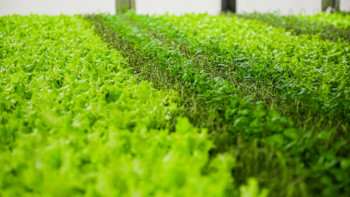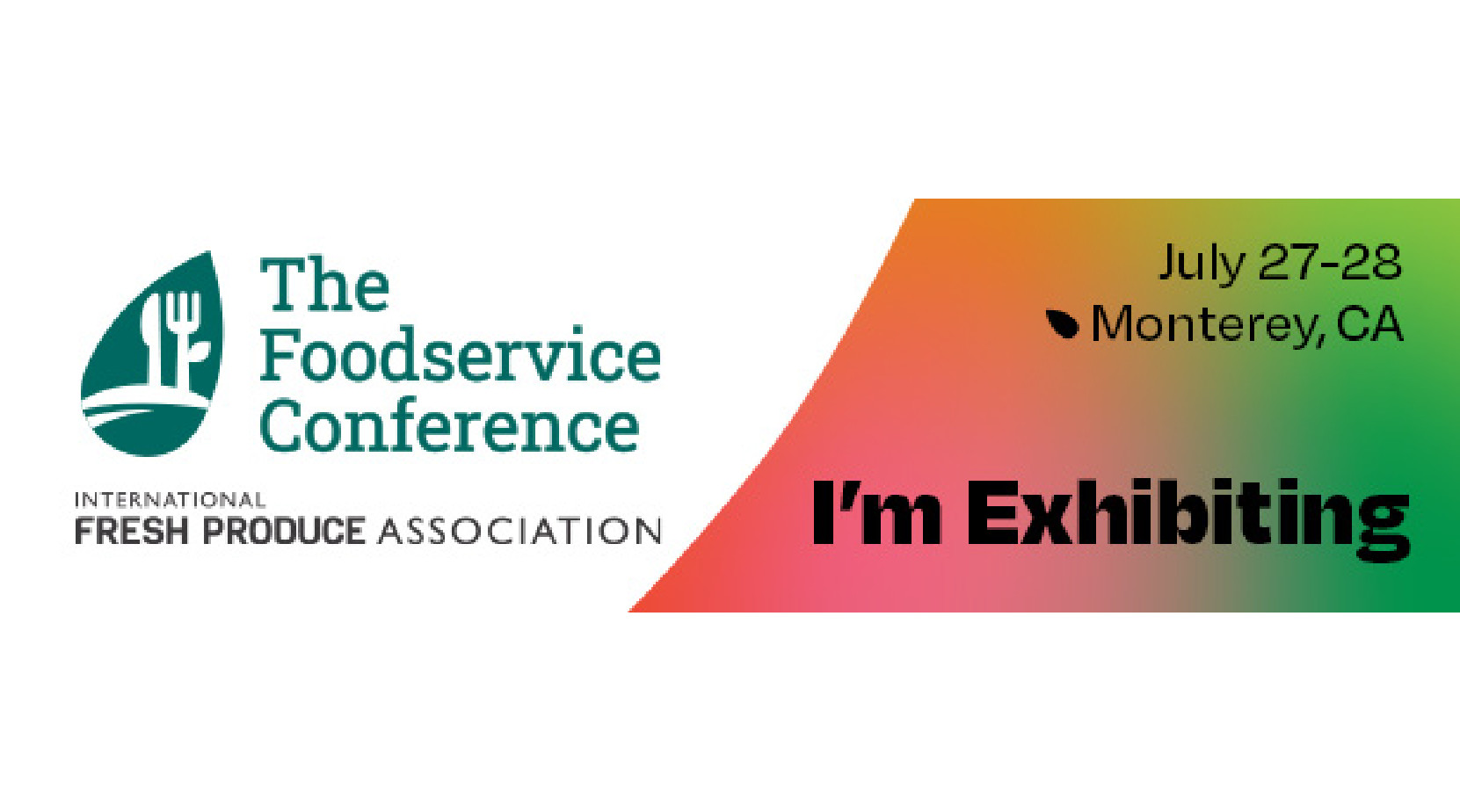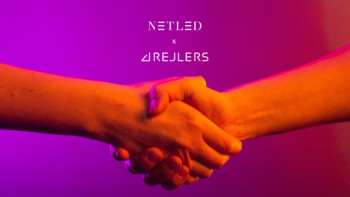Nordic microalgae have been used in the Molecular Plant Biology, Photomicrobes Research Team at the University of Turku to remove excess nitrates and phosphorus from the wastewater from hydroponic farming.
Nutrient removal from wastewaters is a critical issue in agriculture of all types.
“The excess use of mineral fertilizers in agriculture combined with poor remediation strategies results in nutrient run-offs into streams, rivers, and lakes resulting in the eutrophication of bodies of water and soil contamination”, says João Salazar, Doctoral Researcher at the University of Turku.
According to HELCOM, the Baltic Marine Environment Protection Commission (2018, 2019), agricultural effluents are responsible for 46% of river nitrate inputs, and more than 30% of the total loads of phosphorus into the Baltic Sea.
The good news is that microalgae use these nitrates and phosphorus as a source of nutrients in order to grow. With this in mind, the pilot-scale algae cultivation was performed in a tubular photobioreactor assembled inside a research greenhouse in a close collaboration with the Natural Resources Institute Finland.
In their latest experiments, the research team used Netled’s LEDs as a source of light for the photobioreactor. The results were striking. The microalgae achieved a removal efficiency of 100% for phosphorus by day 3, and a 100% removal efficiency for nitrates by day 13. The results were replicated twice in separate tests”, explains João Salazar.
This outcome allowed the research to meet the EU directive (91/271/EEC) for wastewater discharges, demonstrating the value of microalgae in bioremediation strategies. The research team believes the use of Netled’s LED lights is one of the reasons behind the improved nutrient removal efficiencies. Nonetheless, more trials are required to understand if this outcome can be reproduced by other microalgae species.
Possible applications for the microalgae biomass are numerous.
“Not only can microalgae grown with LED lighting be used for effluent removal, but the microalgae biomass is a valuable and novel source of plant biostimulants that can be used as a supplement to existing nutrient recipes in greenhouses and vertical farms, and as such form a nutrient-loop to recycle wastewaters and sustainably generate byproducts from microalgae biomass”, João Salazar describes.
The research was conducted under the network of the NordAqua Nordic Center of Excellence (www.nordaqua.fi) financed by the Nordic Bioeconomy Programme of NordForsk and chaired by Professor Yagut Allahverdiyeva-Rinne (University of Turku). The NordAqua consortium is a cluster of 10 Nordic universities and research institutes along with several industrial partners and societal stakeholders from 3 different Nordic countries: University of Turku, LUKE, University of Helsinki, Umeå University, University of Uppsala University, University of Bergen, SINTEF, VTT, NIVA, and NIBIO.





